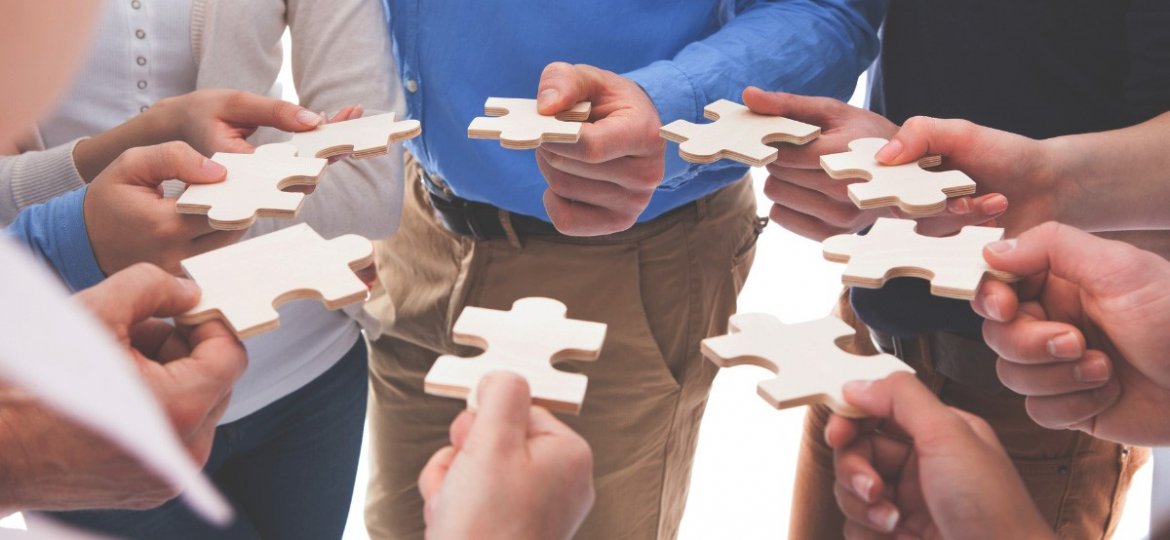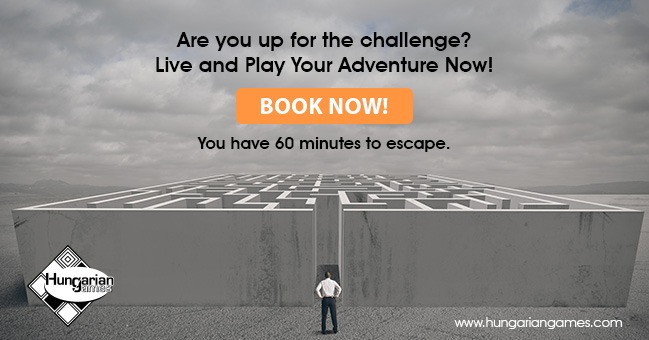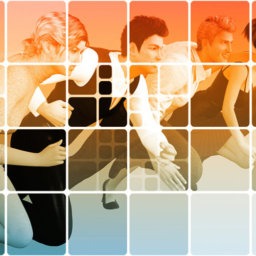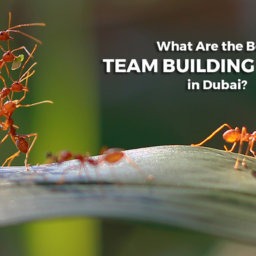
10 Essential Corporate Team Building Activities You Can Do At The Workplace.
Most organizations strive to develop teams that are dynamic, self-organising, and cohesive. However, even the best teams can benefit from corporate team building activities. Team building at the workplace is an effective way of improving team communications, lifting morale, spurring motivation, reinvigorating productivity as well as helping employees to get to know each other better.
Corporate Team Building Activities
There are essentially four core types of team building activities. These are; communication activities, adaptability or planning activities, problem-solving and decision-making activities, and trust building initiatives.
Icebreakers And Communication Activities
-
One Question Ice Breaker (Time: 15 to 20 minutes)
This icebreaker activity gets co-workers talking to each other and working collaboratively. The leader decides the situation a question relates to. Sample situations include leading the company, being married, or babysitting. After pairing participants into teams, the leader poses this question: If you could ask just one question to discover a person’s suitability for the situation, what would your question be?
-
Two Truths and a Lie: (Time: 15 to 30 minutes)
Begin by having each team member write down two truths about themselves and one lie. Once this step is completed, allow 10 to 15 minutes for everyone to quiz each other on their three questions. The idea is to convince others that the lies are actually the truth, while participants try to guess other people’s truths or lies by questioning.
Gather in a circle and one by one repeat each of your three statements. The group votes on which one they think is the lie. This game encourages better communication in the office, as well as getting to know your co-workers better.
-
Classification Game (Time: 10 to 15 minutes)
This is a quick icebreaker or a more complex activity. Explain the concept of “pigeon-holing someone” before splitting the room into teams of four, instruct the participants to introduce themselves to their team and quickly discuss their likes and dislikes.
It will be their job to discover how they should classify themselves as a team into two or three subgroups using criteria with no discriminatory, negative, or prejudicial judgments. This activity encourages co-workers to get to know each other while enabling them to consider collectively the nature of those individuals comprising their team.
-
Life Highlights Game (Time: 30 minutes)
This exercise begins by asking each participant to close their eyes for 1 minute and consider the best moments of their lives. Advise them their highlights search is being narrowed. Ask each participant to take a moment to decide what 30 seconds of their life they would want to relive if they only had thirty seconds left to live.
The activity leader then asks each participant what their 30 seconds are and why they chose it, which allows participants to get a feel for each other’s passions and personalities.
-
Coin Logo (Time: 5 to 10 minutes)
Begin by asking all participants to empty their pockets, purses, or wallets of any coins and place them on the table in front of them. If someone doesn’t have any coins, others in the room can share their coins. Each person creates their own personal logo using their coins in just one minute. Other materials such as pens and notepads can also be used to create their logo. If there is a large group, break it up into teams of 3 to 6 and instruct them to create a logo representing them collectively.
Each participant then explains their logo to the group or the leader of each group can discuss the team’s choice of logo and what it says about them. This activity promotes self and mutual awareness, while also enabling participants to get to know each other.
Problem Solving
-
Sneak Peek Game (Time: 10 minutes)
This activity requires a couple of sets of children’s building blocks. The instructor builds a sculpture with the building blocks and covers it. The participants are divided into teams of four. Each team will have enough building blocks to duplicate the instructor’s structure. The instructor then displays the sculpture in an area equally distance from all the groups. One member of each group can look at the sculpture for ten seconds to memorize it before returning to their team.
After returning to their teams, they have twenty-five seconds to instruct their teams on how to build a replica of the instructor’s sculpture. After one minute, another member of each team can have a “sneak peek” before briefing their team in recreating the sculpture. The game continues until one team successfully duplicates the original sculpture.
-
Picture Pieces Game (Time: 30 minutes)
The activity leader chooses a well-known picture. The picture is cut into as many equal squares as there are participants. Each participant receives a piece of the “puzzle” and creates an exact copy of their piece five times bigger than its original. When all the participants have completed their enlargements, they assemble them into a giant replica of the original picture.
This problem-solving activity teaches participants teamwork. This also makes them understand the effect of departments working alone on an outcome and each individual’s contribution to a group outcome.
-
The Great Egg Drop (Time: 2 hours)
This classic is a messy yet engaging problem-solving activity. Split the room into two large groups. Each is tasked with building an egg package that can survive an eight-foot drop. Materials and tools are provided to help.
After building their packages, each team presents a 30-second ad for their solution, highlighting its unique characteristics. At the end of the presentations, each group drops their egg package to see if it actually works. This activity teaches collaboration and communication.
-
Zoom (Time: 30 minutes)
This activity uses Istvan Banyai’s picture book, “Zoom”, which features 30 pictures that combine to create a narrative. Hand out one picture to each participant, following the sequence in the book. Participants can only look at their own picture and must keep it hidden from the other participants.
The goal is for the group to place the pictures in sequential order without looking at each other’s pictures. Participants can talk to each other and discuss their pictures. This activity brings co-workers together with the common problem-solving goal while allowing leaders to emerge and control the task.
-
Create Your Own Corporate Team Building Activities (Time: 1 hour)
The group leader presents participants with a fake problem. The hour was going to be spent doing a problem-solving activity, but as the group leader, you don’t know any and you don’t want to do one the participants already know. Each group then comes up with a new problem-solving activity.
Groups should be no larger than four or five people and at the end of an hour, each group presents their activity. Aside from problem-solving this activity also promotes creativity, communication, trust, and time management.
Master Corporate Team Building Today!
Unlock The Secrets To Productivity And Enhanced Teamwork
Contact Us Now!
Final Word
Ask yourself this, “What would fun look like for team building at the workplace, given our organisational culture and philosophy?” Corporate team building activities can nurture team communication skills, adaptability and planning, problem-solving and decision-making skill sets, and trust building. Look to integrate some of the ideas above into your next team building initiative, whether it is a retreat, team coaching, or in-house workshop, to build a more extraordinary, dynamic, and productive team for your company.
With so many factors competing for your team’s attention, unlocking the power of productivity and effectiveness is a challenge.

















[…] 0 By Hungarian Games Team Building April 16, […]